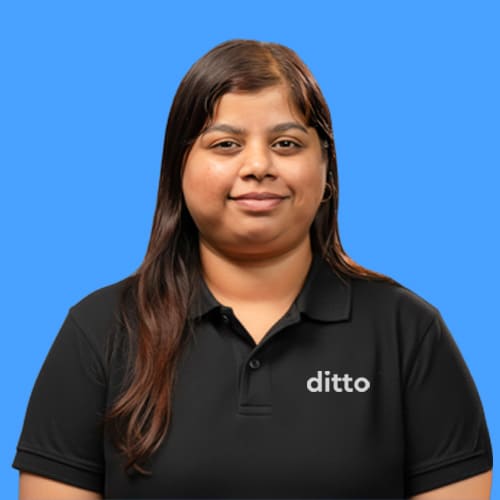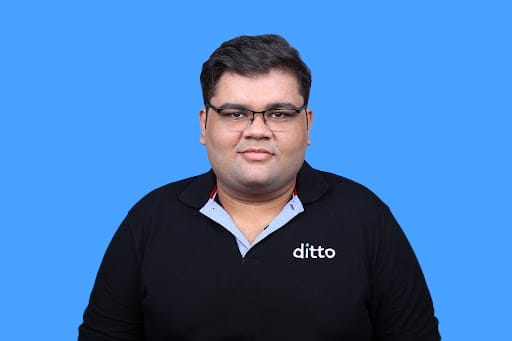As healthcare costs continue to rise, having a health insurance plan is essential for securing your health and financial security. Individual Health Insurance Plans are designed to provide coverage for a single person, ensuring comprehensive protection. Individual plans focus solely on one person’s healthcare needs and hospitalisation. This ensures you receive the necessary financial support without worrying about shared limits. In this article, let’s explore further the best individual health insurance policies in 2024 and why you should opt for one.
Why should you opt for an Individual Health Insurance Policy?
Opting for an individual health insurance policy comes with several advantages – It provides full coverage for yourself, ensuring that all your medical expenses are covered without sharing limits with family members; you can avail tax benefits under Section 80D, reducing your taxable income as well as securing your health; and finally, during an emergency hospitalisation, you need not worry about finances as the policy will cover the expenses, allowing you to focus on recovery. However, there are a few considerations to remember before zeroing in on a policy. They are as follows:
Heads Up: It takes an average person up to 5 hours to read & analyze a policy, and 10 hours or more to compare different plans and make a decision.
This is why we propose a better alternative - taking a 30-minute FREE consultation with Ditto’s certified advisors. We have a spam-free guarantee, and we’ll never push you to buy a plan. Don’t delay this - we have limited slots every day, so book a quick call here before they run out.
Things to Remember While Purchasing an Individual Health Insurance Policy
While it is important to go through the entire policy document before purchasing a health insurance policy, here are some of the common features that you need to go through before making the final decision:
1. Sum Insured: Evaluate the coverage you need based on your current health status and potential medical expenses. Choosing a sum insured that can adequately cover hospitalisation, treatments, and any unforeseen black swan events in the future is important.
2. Waiting Periods: Health Insurance Policies have waiting periods ranging from one to four years (sometimes even more) for covering pre-existing diseases and specific illnesses. Within this waiting period, illnesses that fall under that category are not covered. Ensure that you have the least waiting periods for each type.
3. Inclusions and Exclusions: Inspect the policy document to determine what is covered and what is excluded. This will help avoid surprises during claim settlement.
4. Add-ons and Riders: Consider additional benefits such as critical illness cover, accidental cover, or premium-waiver benefits. These riders can provide enhanced protection and cater to specific health needs.
5. Network Hospitals: Check the list of network hospitals that the insurer caters to – Having access to a vast network ensures that you can avail cashless treatment and avoid unnecessary out-of-pocket expenses. Apart from this, ensure the closest hospital to your residence is in the insurer’s network. This way, you don’t have to worry about paying the hospital out-of-pocket during an emergency hospitalisation.
6. Claim Settlement Ratio (CSR): Learn the insurance provider's CSR. The CSR indicates the number of claims settled for every 100 claims received. A higher ratio indicates a better track record of settling claims, ensuring reliability and peace of mind. A CSR of 80-90% is decent, and a CSR of over 90% is stellar.
7. Incurred Claim Ratio (ICR): The incurred claim ratio (ICR) represents the total claims paid by the insurer divided by the total premiums collected. A healthy CSR is usually between 75% and 90%, indicating that the insurer efficiently manages claims without compromising profitability. However, if it’s greater than 100%, the insurer is paying out more in claims than they receive in premiums. This is a strict no-go.
What are the different kinds of Individual Health Insurance Policies?
Now that we have covered a few important features and numbers that you need to go through, here are some types of individual policies that cater to various needs. Getting to know these types can help you choose the best policy for your situation:
1. Individual Health Insurance: This is the most common type of health insurance that provides coverage for a single individual. It covers a range of medical expenses, including hospitalisation, surgery, and pre and post-hospitalisation care. These plans are ideal for those seeking comprehensive coverage tailored to their healthcare needs.
2. Senior Citizens Health Insurance: Designed specifically for individuals aged 60 and above, senior citizen health insurance plans offer coverage especially for age-related medical conditions and treatments.
3. Critical Illness Health Insurance: Critical Illness health insurance provides a lump sum payment for diagnosing critical illnesses such as cancer, heart attack, or stroke. This amount can be used for treatment costs or any other expenses. These plans are crucial for those who want financial protection against life-threatening illnesses.
4. Top-ups & Super Top-ups: These plans are additional coverages when your existing health insurance policy’s sum insured is exhausted. While top-up plans require each claim to exceed the deductible limit, super top-up plans consider the total hospitalisation expenses within a policy year for the deductible. Top-ups and STUs are cost-effective ways to increase your coverage.
Best Individual Health Insurance Plans in 2024
Here are some of the top-notch individual health insurance policies to consider in 2024:
Aditya Birla Activ One is a comprehensive health insurance policy focusing on wellness and preventive care. The policy provides coverage for hospitalisation up to ₹ 6 crore, along with a 2X cover from day 1. This policy also covers pre-hospitalisation for 90 days and post-hospitalisation expenses for 180 days, which aligns with the best policies. This policy also includes wellness benefits such as health returns for staying active, access to health coaches, and annual health check-ups. This plan is ideal for individuals who prioritise maintaining a healthy lifestyle and want to earn rewards such as discounts on premiums for their efforts.
2. Bajaj Allianz Health Guard Gold
Bajaj Allianz Health Guard Gold is a decent health insurance plan that covers a wide range of medical expenses. The policy offers a high sum insured option and covers hospitalisation, pre and post-hospitalisation, and day-care treatments. It also includes a maternity benefit but covers it only after 6 years. The plan’s coverage and flexible options make it a decent choice for individuals seeking basic protection.
3. Care Supreme
Care Supreme is known for its extensive coverage and high-sum insured options. The policy offers benefits like no disease-wise sub-limits, coverage for alternative treatments under AYUSH, and no room rent capping. It also includes annual health check-ups and maternity cover with add-ons. Care Supreme is an excellent choice for those seeking comprehensive and flexible health insurance coverage but is on a budget.
HDFC Optima Secure is a health insurance plan with coverage ranging from ₹5 lakh to ₹2 crore, with 2X coverage from day 1. This policy includes benefits such as no room rent limits, home care treatments, and no sub-limits on any disease. Additional features include wellness services, preventive health check-ups, and free health coaching. This plan covers individuals from 18 to 65 years and does not require copayment, making it an ideal option for individuals looking for long-term, comprehensive health insurance.
Why Talk to Ditto for Your Health Insurance?
At Ditto, we’ve assisted over 3,00,000 customers with choosing the right insurance policy. Why customers like Srinivas below love us:

✅No-Spam & No Salesmen
✅Rated 4.9/5 on Google Reviews by 5,000+ happy customers
✅Backed by Zerodha
✅100% Free Consultation
You can book a FREE consultation. Slots are running out, so make sure you book a call now!
Conclusion
Choosing the right individual health insurance policy ensures comprehensive healthcare coverage and financial security. When purchasing a policy, remember to ensure that the sum insured would cover your present and future needs, understand the waiting periods, and review the inclusions & exclusions. With various excellent policies available in 2024, you can find the right plan that offers the best protection for your health and peace of mind.
Last updated on:










